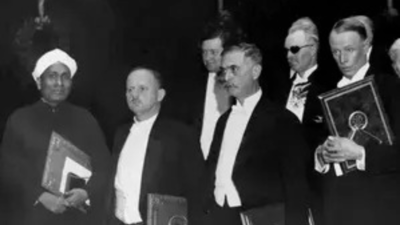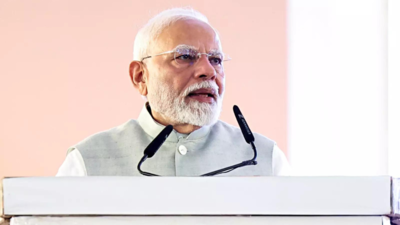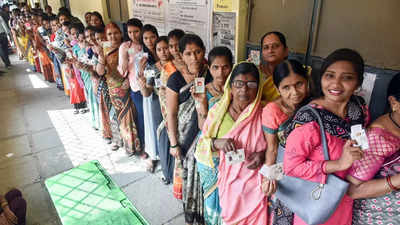
Image credit: IANS CHENNAI: More than 120 years ago, a 16-year old student peered into a spectrophotometer at the department of physical sciences at Presidency College. The boy, named C V Raman, went on to win the Nobel Prize for physics for the phenomenon called Raman effect that explained, among other things, why the sea looks blue. As Presidency College enters the 150th year of its existence, the department of physics is planning to restore the spectrophotometer Raman had used for his first experiment.
Presidency College started in 1840, but the department of physical science (physics and chemistry) was created only in 1875, with William Henry Wilson as the first professor. “Professor Wilson, without any assistance, built the department. Soon, he started planning the laboratories and equipping them,” says ‘Hundred Years of Chemistry,’ a book published by the department of chemistry.
Raman joined Presidency College in 1902 and studied under Professor R L L Jones. Using the spectrophotometer, Raman observed some diffraction bands. His investigations led to his first science paper, “Unsymmetrical diffraction bands due to rectangular aperture,” published in The Philosophical Magazine, London in 1906.
In the same journal the following year he published another paper, on the demonstration of curvature methods for determining the surface tension of liquids. This instrument, produced in Skinningrove village in North Yorkshire, England, was used to measure the intensity of a light beam at different wavelengths. It was housed in the underground research lab of Presidency College.
Following frequent floods, the spectrophotometer went into a state of disrepear and disuse. “Now, alumni of the department are planning to restore it,” said S Vijayalakshmi, head of the department. The department plans to organise an international science conference as part of the celebrations.
Raman’s nephew Chandrasekhar studied physics at Presidency College from 1925 to 1930. He won the Nobel Prize in Physics in 1983 for his theories on the evolution of stars. Chandrasekhar married Lalitha, his junior at Presidency College in 1936.
P-100, the lecture hall where Raman and his nephew Chandrasekhar studied physics — 23 years apart — has been refurbished and is being used by postgraduate students. “Raman and Chandrasekhar are symbols of pride and legacy of our college. Their discoveries remain relevant in modern physics and have spawned separate fields of research,” said Presidency College principal R Raman.
The department also had many other stalwarts including Parameswaran, who designed the clock tower of Presidency College. Presidency Physics Alumni Association member K Ramamurthi said the association is planning to institute fellowships in the names of the Nobel Laureates whose legacies continue to attract students to the college. “I moved from Nandanam Arts College to Presidency after I learned that C V Raman studied here,” said Thirumal, a first-year MSc physics student.
The alumni association wants to celebrate 150 years of the physics department by setting up a museum and an exhibition of the discoveries of Raman and Chandrasekhar..














